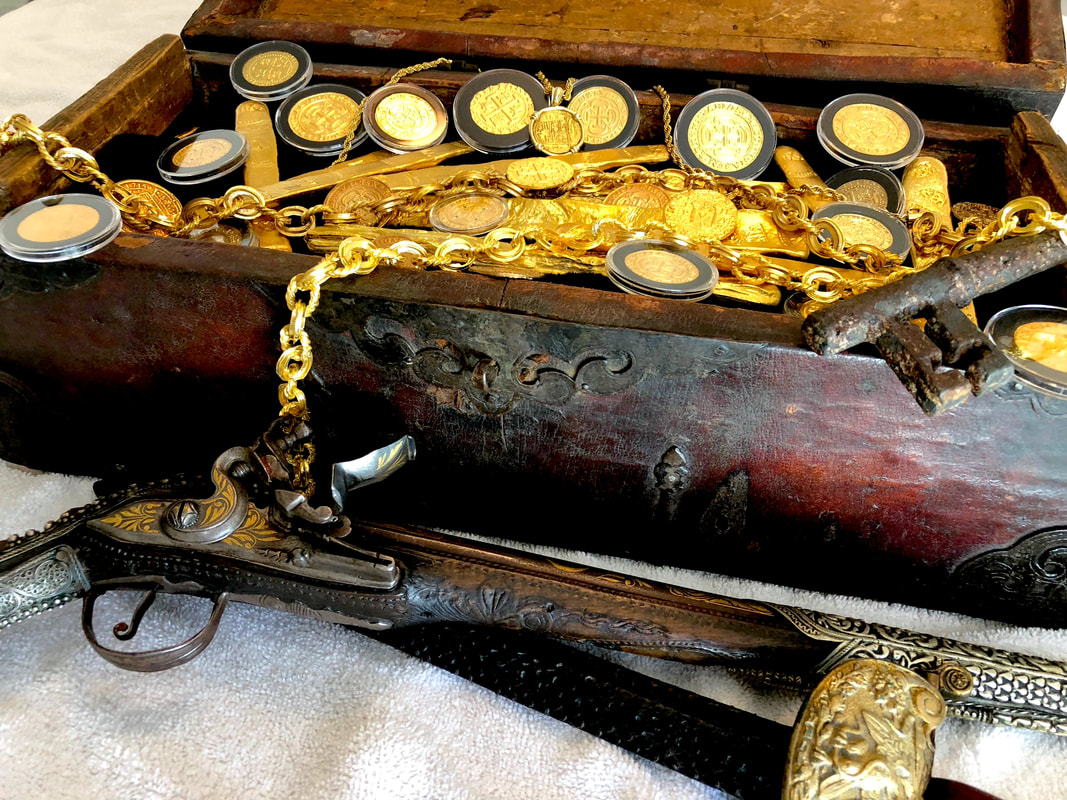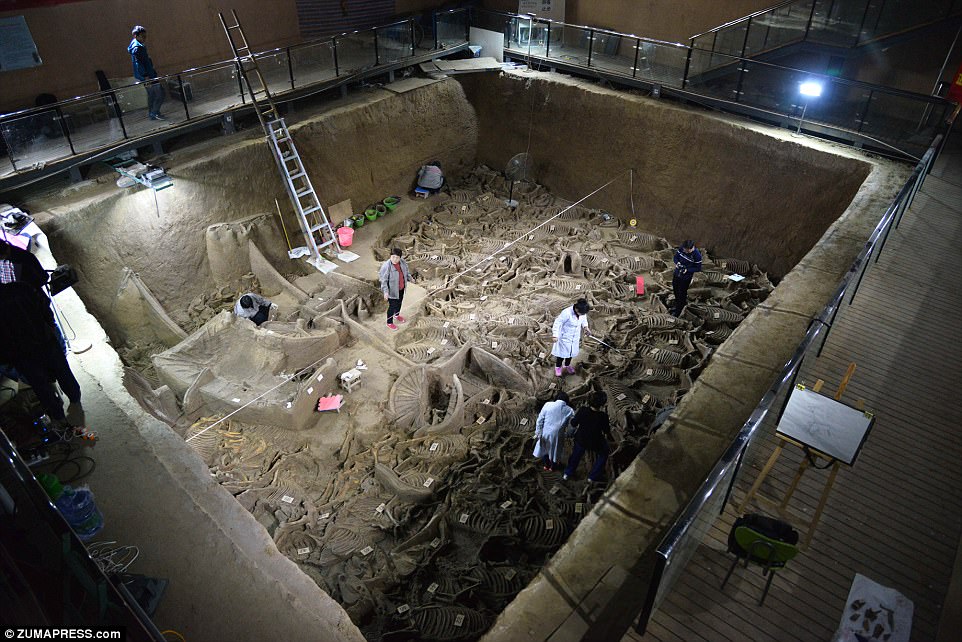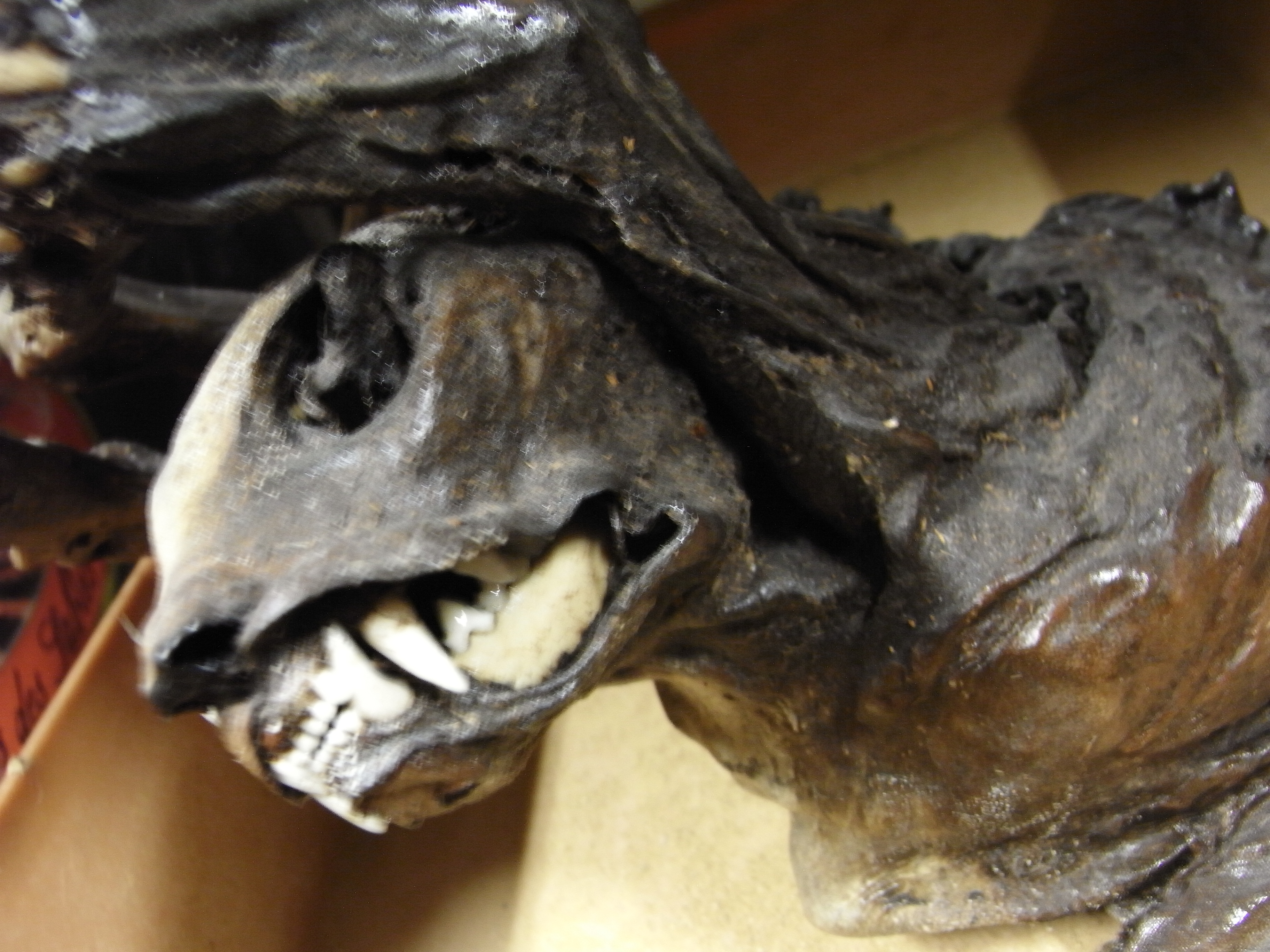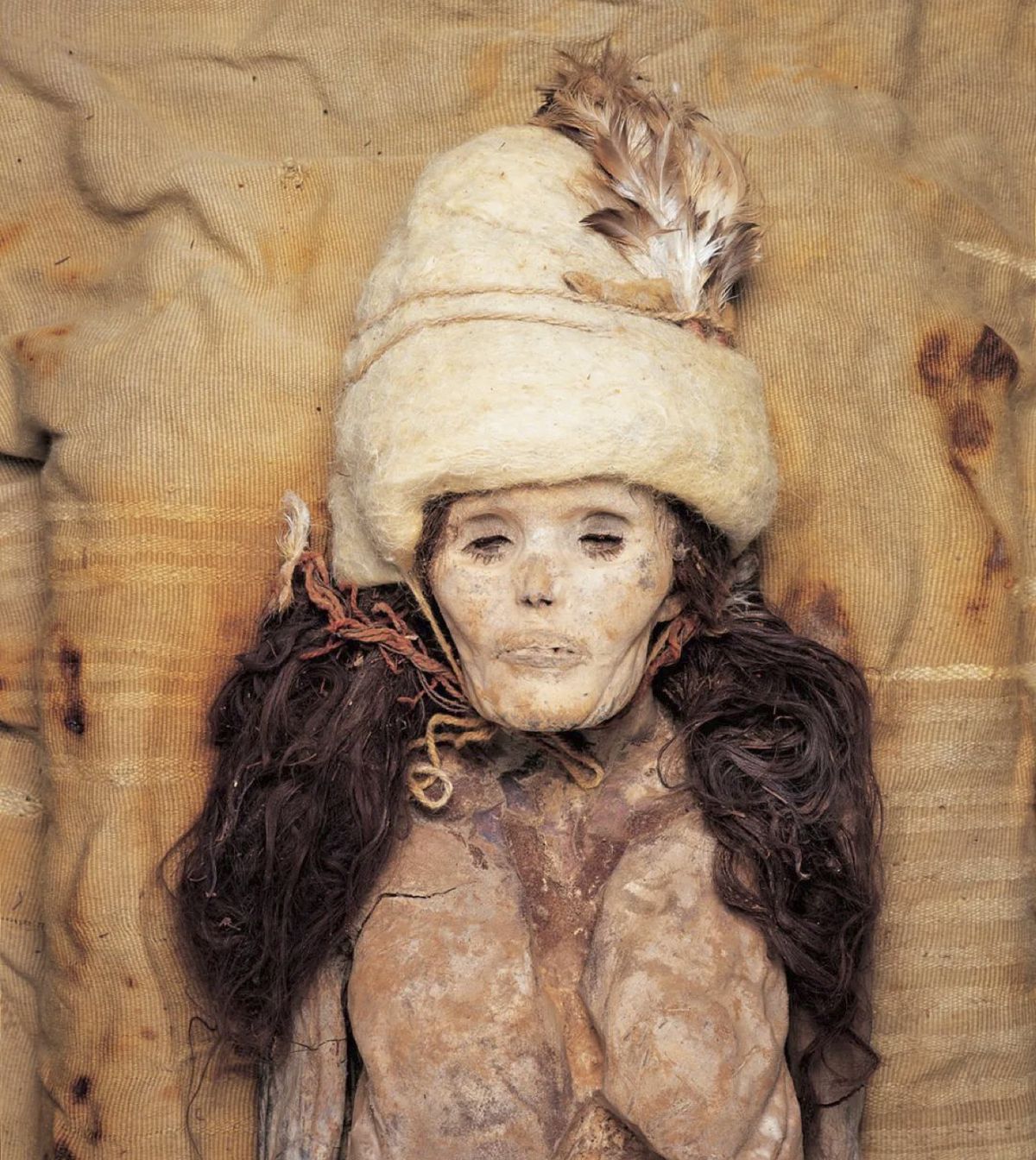
1. The Old Man Gets a Beating

The key to understanding the visual humor of ancient Athens lies in the word kallos, beauty. The Athenian idea of beauty did not only apply to appearance, although beauty could be found in young women and men alike. Harmony, order, and heroic deeds of great men were beautiful. To be beautiful was to be noble, pure, and virtuous. Any break from these ideals was immediately considered absurd, laughable, and ridiculous. Anyone who looked different or came from outside Athens did not meet these high standards. Physical signs of aging, any physical deformity, or being a foreigner could be made fun of.
Heracles was the symbol of ultimate masculine physical power. In several vases from the beginning of the 5th century BCE, he is shown attacking or chasing after a naked old man, in a few cases identified as Geras. The old man is depicted as shrunken and small, with stink-thin limbs. He has a bald head and a crooked back. The old man is obviously helpless against the muscular Heracles.
There is no mention of the old man in literary sources. Was the character created to amuse the viewer and display the overpowering strength of Heracles? The obsession with youth and beauty meant that death and disease were feared. While giving the old man a good beating, Heracles allows the viewer to dispel anxiety around death. The old man is easily defeated and, therefore, comical.
2. The Insatiable Satyrs

Get the latest articles delivered to your inbox
Sign up to our Free Weekly Newsletter
The vase painters were essentially craftsmen who worked in pottery workshops. They were not part of the elite, and their education came through work. Although Athenian vase painters approached even coarse subjects gracefully, their humor could also be rough. Besides painting humorous images, they sometimes added their own comments, such as small roastings against their colleagues. “Euthymides never did anything like this”, wrote one proud painter. Another added an inscription to an image of a self-pleasing satyr, saying, “he is enjoying it”. Point taken.
Satyrs were an essential part of visual humor in vase paintings. A satyr is a hybrid mythological creature, half-human and half-animal. He has a horse’s tail but looks otherwise like a man. Satyrs were able to push the limits of acceptable behavior to extremes. They are pictured in all kinds of extravagant postures and situations. They dance without exhibitions and are often drunk. They take advantage of women and animals and do not even leave their own kind alone. Satyrs represented uncontrolled animality.
According to many paintings, satyrs were capable of enviable se xu al acrobatics. In fact, in most of the images of satyrs, they more or less look like they are ready to go at any second. The vase painters who created the images of gatherings of satyrs, people, animals, and even statues must have had a naughty sense of humor.
3. Dude Looks Like a Lady

Ancient Athens is known as the birthplace of democracy. Democracy in Athens meant, however, the democracy of men. Women’s value was linked to their domestic role as wives and mothers. Men held public roles. Even the wedding, the high point of women’s lives, was a private affair. Children were a highly valued blessing only women could produce, yet women were lower in the social hierarchy.
Women are sometimes shown in vase paintings as hunters or warriors, which were traditionally male roles. This type of cross-dressing was probably not considered particularly funny. But when mighty heroes are forced to dress like women, that’s when things start to get comical. According to the myth, Achilles was destined to die in battle during the Trojan war. To save him, his mother decided to dress him as a girl and sent him to the island of Skyros, where he lived among king Lycomades’ daughters.
Even the ultimate male hero, Heracles, was once forced into drag. When he was enslaved, as a punishment, he was made to wear women’s clothes and do women’s chores. This must have been hilarious in a masculine society such as Athens, perhaps to men and women alike.
Even today, reversed gender roles can be a source of humor. In ancient Athens, men dressed as women was not taboo. Men played all the female parts in Greek theater. On stage, they could dress as women and play the part full-heartedly.
4. Making Fun of the Enemy

It is often said that the capacity for laughter is particularly a human characteristic. We love to laugh at the expense of our leaders or anyone who is pompous or puts himself above others. We are all guilty of laughing at the expense of others’ misfortune. The same was also true with ancient Athenians. They were not fond of self-deprecating humor because Athenians considered themselves racially and morally superior. Their humor often came at the expense of foreigners. Insult humor was popular.
Persians were the all-time enemies of Athenians. They attacked Athens regularly, and the Athenians were forced to defend themselves repeatedly. In 465 BCE an Athenian fleet defeated the Persians in a battle on the Eurymedon river. A great victory was commemorated in numerous paintings and verses. Athenians were not gracious victors. Instead, the defeated Persians were shown scared and pitiful. In one of the vases, a horrified Persian is bending over and has lifted his hands as a sign of surrender. He is also pictured face front, something seldomly seen in vase paintings, and used only to depict ultimate ridiculousness or madness.
According to the inscription, the Persian says: “I am Eurymedon; I stand bend over”. On the other side of the vase is a naked Athenian, holding his penis with his right hand, running towards the bending Persian. An unavoidable attack is going to happen. And the Persian seems to be ready for it.

Greeks were extremely sensitive in showing any deformities of the body. Despite thousands of combat and war images, there are no images of mutilated limbs. A small stream of blood might drip from the wound when a spear pierces the soldier’s body. There is only one character in mythology, Hephaestus, who was crippled according to the myth and is often shown with a bent foot.
Dwarfism seems to be an exception to this tradition, although they are a bit of a mystery. On the other hand, people with dwarfism can be seen in images of theater performances as part of the performing troupe. They can mix with hunting scenes or musical performances alongside ordinary sized people. These tiny people are always men, painted with a beard and bald heads, maybe to distinguish them from children. They are seen doing acrobatics, dancing, and competing in sports or fighting against cranes their size.
Sometimes they are drawn as caricatures with hideously exaggerated proportions. They can have huge heads and unusually large genitals. Judging from this type of image’s popularity, this must have been pretty funny for ancient Athenians.
Servants and enslaved people in vase paintings are usually shown kneeling or squatting. Low-ranking figures are pictured in a subordinate role. People with dwarfism are often shown as servants. A person with dwarfism, drawn as a caricature doing calisthenics, would probably not be appropriate to laugh at today.
6. The Eyes Have It

Symposiums were an essential part of Athenian social life. They were social events where men gathered for drinking, talking and philosophizing. The wine at the symposium was drunk from a large, wide cup lifted to the lips using both hands. Between 550 – 500 BCE, these types of cups were often decorated with comically large eyes. The large eyes of the mythical creature Gorgon were a common protective symbol that soldiers also carried with them. But in these wine cups, the eyes might have been a visual pun at the expense of the drinker.
When wine is drunk from these wide kylix-shaped cups, the drinker has to lift the cup well over his face. This makes the cup look like a comical mask. The drinker would look funny with large eyes and a nose, which could be the shape of a dog, a woman, or a warrior. In some of these wine cups was an image of a ship at the bottom. As the wine was poured into the cup, it looked like the boat was sailing in wine.
This type of cup went out of fashion in Athens quite quickly. Perhaps this type of joke becomes old once the novelty wears off. Funny once or twice, but maybe tiresome after that.





